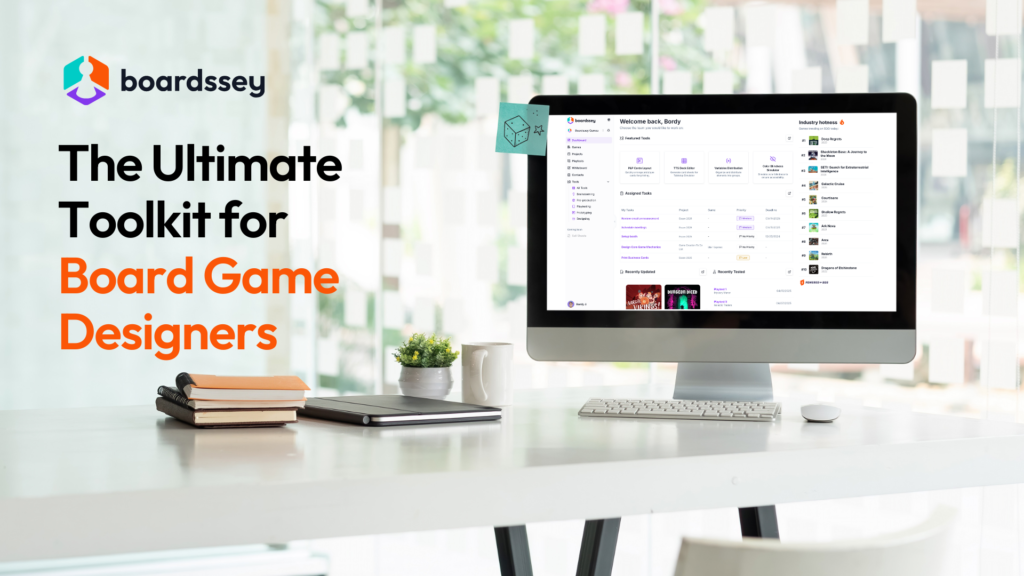Matthew Dunstan

All the PNP fans would remember the buzz that 52 Realms created during its Kickstarter campaign in 2025. After learning about the game’s creator, I was delighted to explore more of his creations, including Voyages, Aquamarine, and others.
Let’s dive into Matthew’s journey in game creation!
What inspired you to start designing games, and how did your journey begin?
Can you share the biggest challenge you faced while designing your first game and how you overcame it?
What's your design process when creating a new game?

52 Realms had a magical Kickstarter campaign last year. What key factors contributed to its remarkable success?
Are there any upcoming projects or games you're excited about?
I have an officially licensed Dungeons and Dragons board game coming out in July – the Builders of Baldur’s Gate, which I am especially excited about. The game is a strategic game of building up Baldur’s Gate and I think is a great meld of engaging Euro style mechanisms and the rich theme of the city from the roleplaying lore.

What advice would you give to aspiring game designers, especially those interested in print-and-play games?
I would also say – watch my Youtube channel – I share a lot of advice and thoughts for designers there.
A bit on our Sponsor - Boardssey
Boardssey is the game-changer for board game designers, streamlining scattered ideas into published games. With purpose-built tools, Boardssey optimizes every stage of the creative journey, helping you centralize your designs, capture actionable playtest feedback, and present your games professionally to publishers.
It’s the platform that turns chaos into clarity, giving designers everything they need to bring their visions to life.
Are you interested? Well then, try it for free!

Tasliman is a board game developer based in Bangladesh, with the dream of exploring the world of games and introducing it to anyone new to it. He is the founder of Kraftz, a brand that develops board games commercially, as well as with reputed entities like BRAC and The Gates Foundation.





